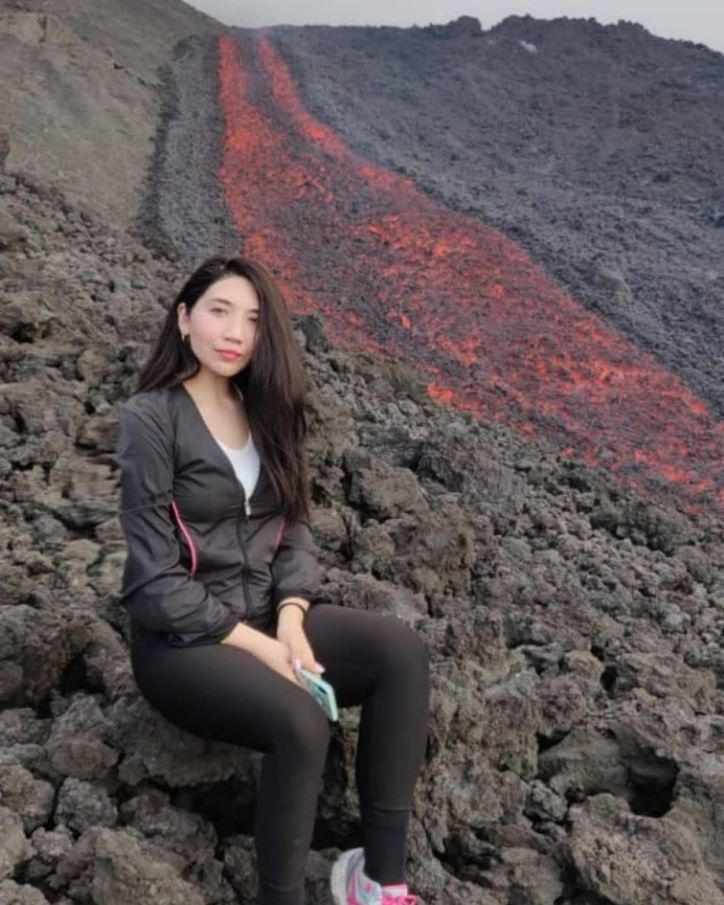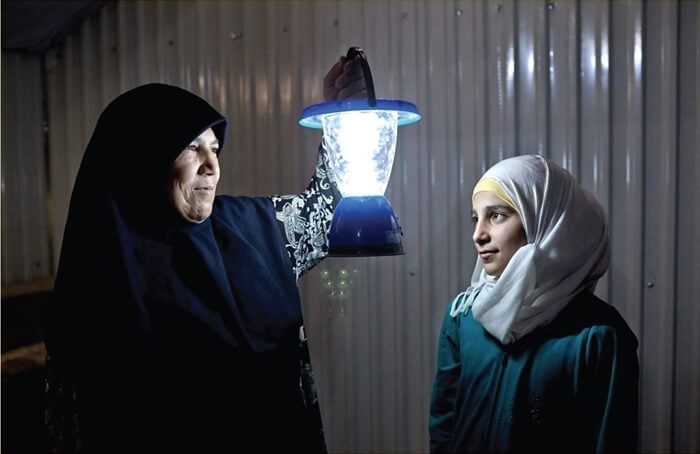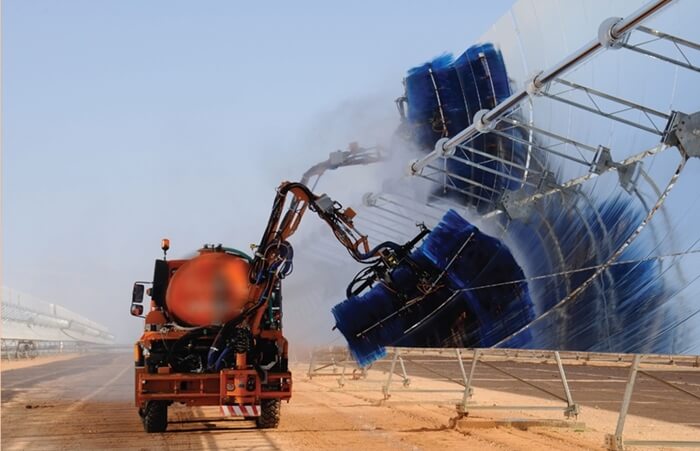Excerpt from carnegieendowment.org
Kurt Campbell, the U.S. National Security Council coordinator for the Indo-Pacific, recently identified the Pacific as the theater where Washington is most likely to see a “strategic surprise” from China.1 Campbell’s comment alludes to Washington’s concerns that China is seeking to acquire military facilities in the Pacific, limiting U.S. influence in the region.
The comment also reflects an underlying U.S. concern regarding China’s rise in the Indo-Pacific. Over the past several decades, China has sought to gain military, economic, and political influence over small states and islands throughout the Indo-Pacific, creating a competition that Beijing warns could escalate to tensions akin to those in the Cold War.3 The United States and its regional partners—Australia, France, Japan, and India, for example—are concerned that China’s increased presence in the region could threaten security interests in the region. Such concerns are not unfounded. However, there has been little effort to understand the perspectives of the islands and small states that are caught in this struggle for power. Often, the geopolitical priorities of islands and small states are discussed by bigger powers without much consultation or representation from the states in question.
To capture some perspectives and voices of island states on the geopolitics of the Indo-Pacific, the Carnegie Endowment for International Peace and the Sasakawa Peace Foundation, Tokyo held in September 2021 the inaugural islands forum, “Ocean Nations: An Indo-Pacific Islands Dialogue.”
Although the islands of the Indian and Pacific Oceans are separated by vast oceans, the forum highlighted common themes in the challenges they face (see map 1). This article brings those themes—from climate change and the blue economy to the so-called China challenge—into focus and discusses their place in great power competition in the Indo-Pacific.

Island Innovation is a social enterprise and digital media company at the intersection of sustainable development and communications, offering specialised services across various sectors. We bring together the private sector, government, utilities, NGOs and universities to advance innovation for sustainability and prosperity in islands worldwide.















